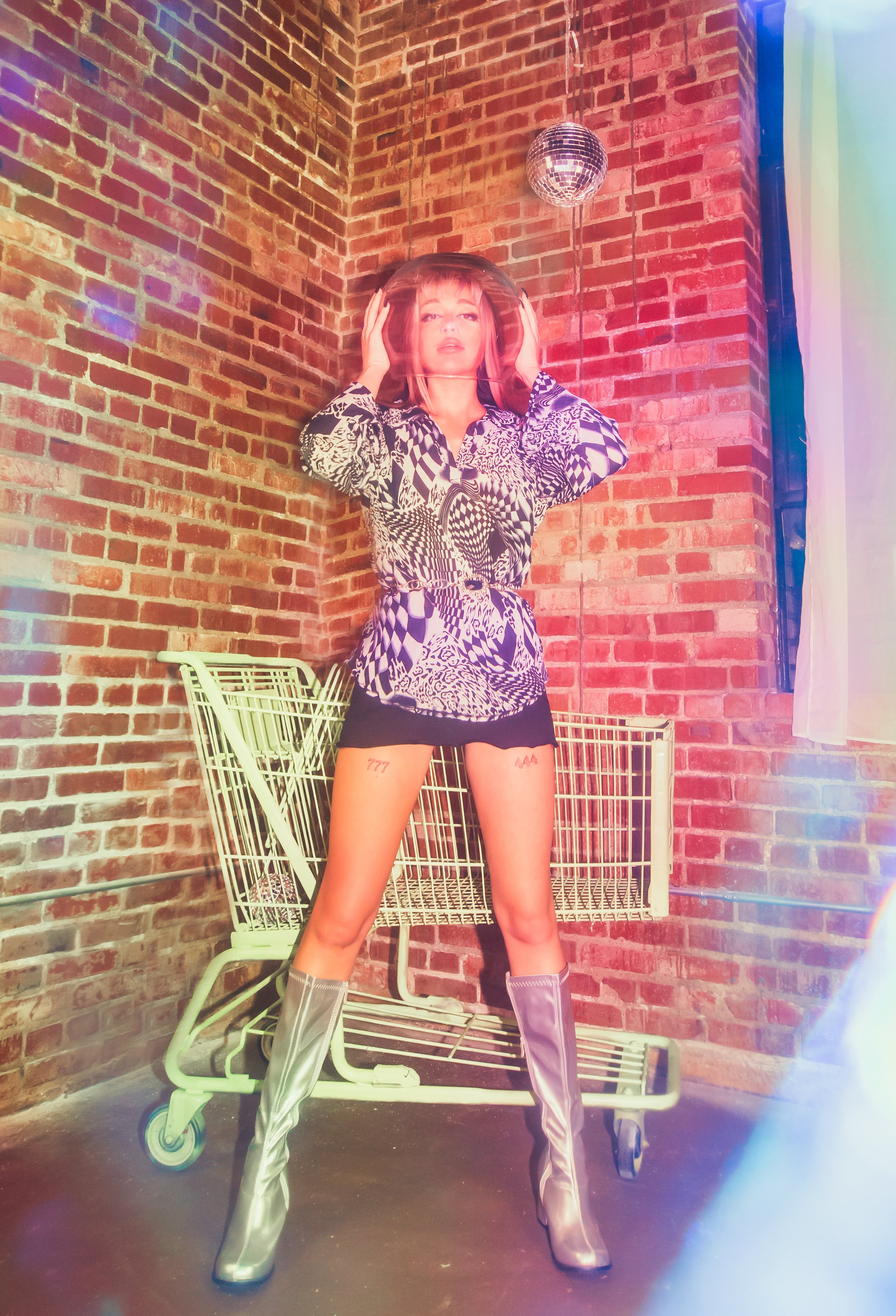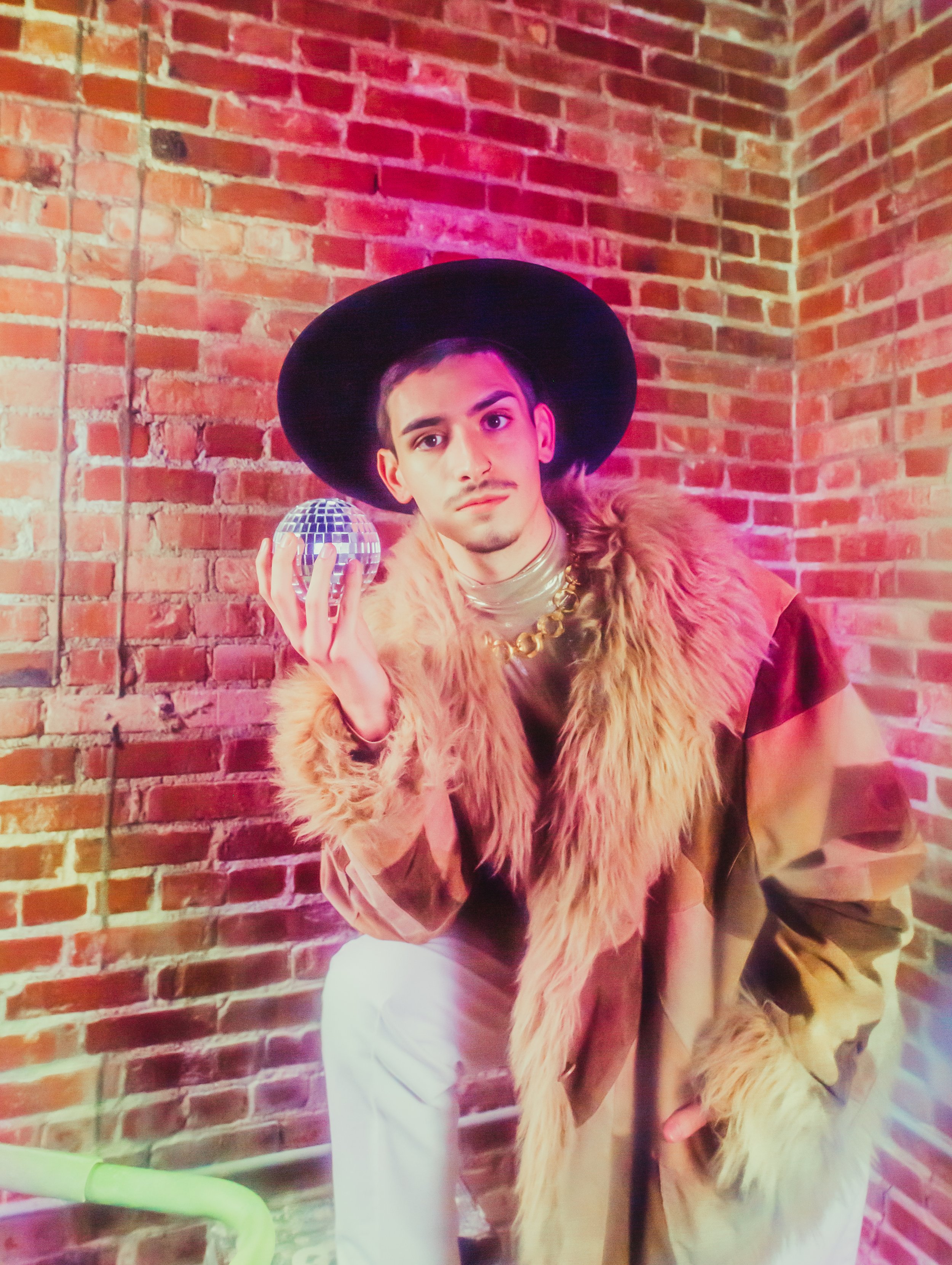The Fashion That Diversified: The Sixties and How it Broke Fashion Traditions








Written by: Savannah Bryant
Photos by: Leeann Finke
The sixties was a decade that paved the way for fashion. The eye-catching outfits were paired together in a way that was revolutionary and fast-paced. This era pushed for acceptance in all areas of self-expression. Skirts got shorter, boots got taller, empire waists turned to “no waists,” and several prints were styled together with stockings to pull the perfect outfit together. Fashion became boundary-pushing and exciting. Along with women, men broke out into more colors and prints in casual and dress wear. Clothing trends became more groundbreaking with new ideas for a wide landscape of fashion and a theme of progress.
A major style influence tied to the Rolling Stones with a bohemian punk style profile of the time was Anita Pallenberg. Her looks included a lot of thigh-high boots, fringe, fur, and psychedelic prints. The Rolling Stones have Anita to thank for the switch up on a clean-cut look to androgyny. Her style inspired not only the band, but many wardrobes of the time.
Cher was another trend leader from the era. People followed her through Sonny and Cher and her everyday life as she inspired a bold, daring, hippie, and Californian style. Cher drastically expressed female empowerment in the male-dominated industry throughout the 1960s in both music and fashion. Her music partner, Sonny Bono and her can be seen photographed both wearing a fringe outfit. She figured if Sonny could pull off the look, she could too. Not only did the two build their career together, their style was built off of each other. We have Bob Mackie to thank as a designer for all her sequins, fur, and flashy prints.
While off-screen, Jane Fonda’s style was nothing out of this world, on-screen she took the lead in the space age fashion with Barbarella. By doing so, she created one of the most iconic images of sixties cinema that set the scene behind fashion that can be ahead of its time. Thanks to the synthetic fabrics of the sixties, it allowed space age fashion designers such as Pierre Cardin to create garments with bold shapes and a plastic texture. Non-cloth materials, such as polyester and PVC, became incorporated in clothing and accessories as well.
Nancy Sinatra inspired the world of fashion through a hit single “These Boots Were Made For Walking”. With her blonde hair, mini dresses, and ability to blast knee high boots, both the song and Nancy’s look were symbolic for the shoe decade. Her female-empowering lyrics reflected her everyday self and on-screen way of style by representing her risqué side and taking inspiration from the mod culture. The legacy she left behind representing the silhouette created by taller boots is flattering and timeless.
While there are many other style leaders like Twiggy, Jackie Kennedy, The Supremes, and Jane Birkin, a final mention goes to the Beatles. Known for popularizing bright colors, wearing paisley suits, shirts, and trousers with floral patterns. Accessories were not left out by any means, and these style leaders could all be seen in scarves, mod colors, bangles, flower necklaces, gloves, sunglasses, pearls, chain belts and basket purses as the finishing touch.
Fashion in the 1960s was diverse and wide-ranging. Instead of just one key look, the ’60s embraced several main styles that each celebrated a particular subculture. Mod, bohemian, biker, and beatnik styles were the dominant looks of the decade. As each was unique to the next, these trends attracted different types of creativity. As such, selecting a style often comes down to a matter of personality and preference. Magazines wanted new and exciting images, and photography captured the novelty and the competition in standing out. Aside from this time period being unique, they all embraced the feeling of freedom and creativity that encompassed the era. As art, culture, and music spread throughout the world of fashion, the pursuit for expressive styles were born.


